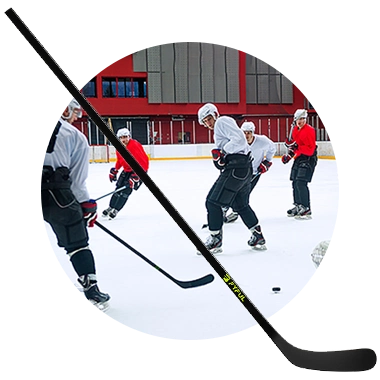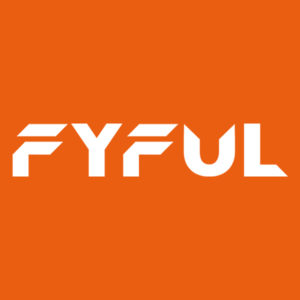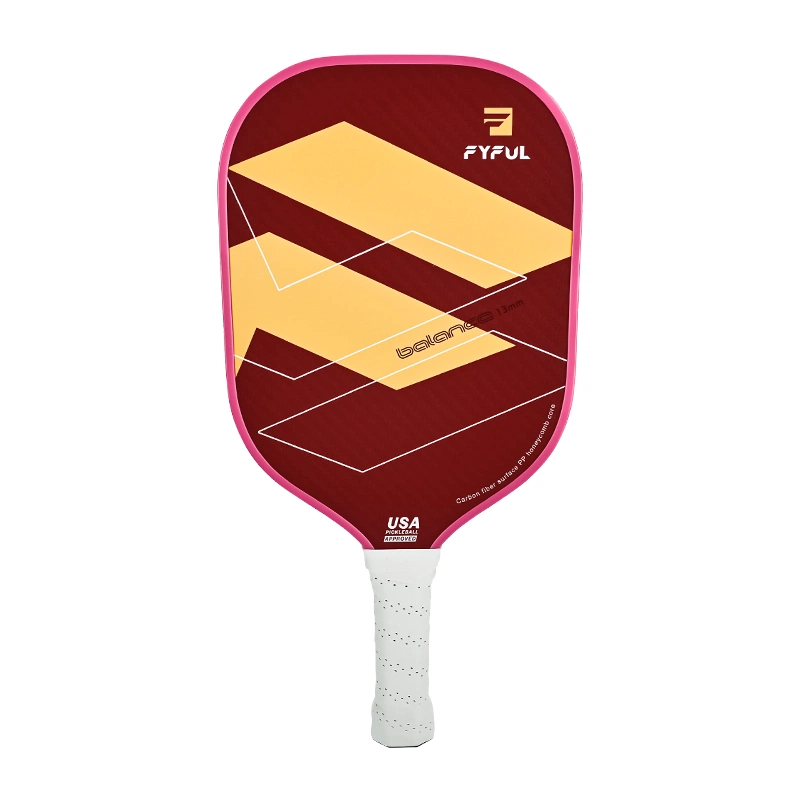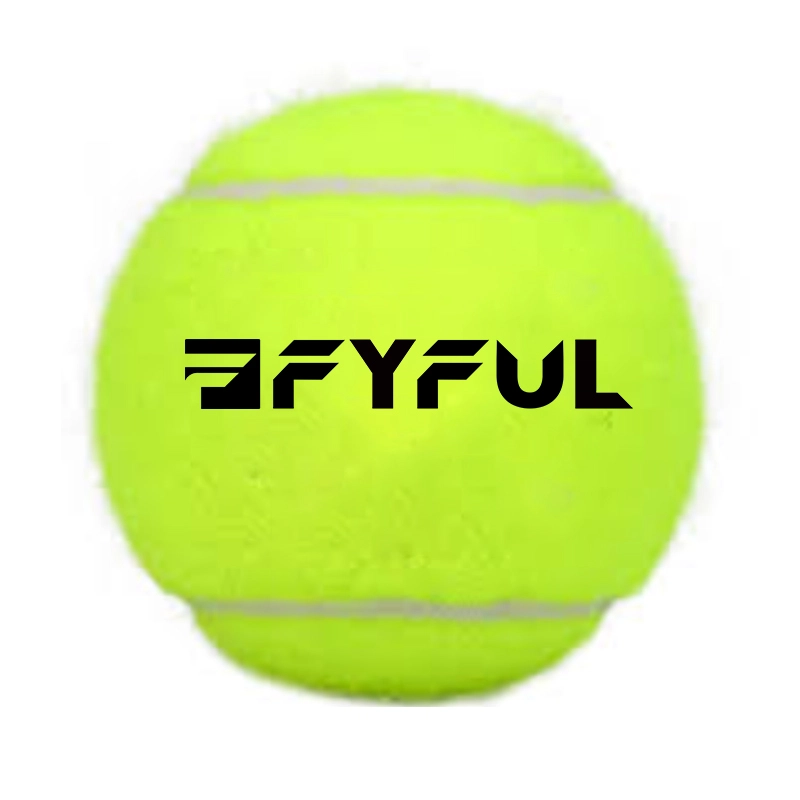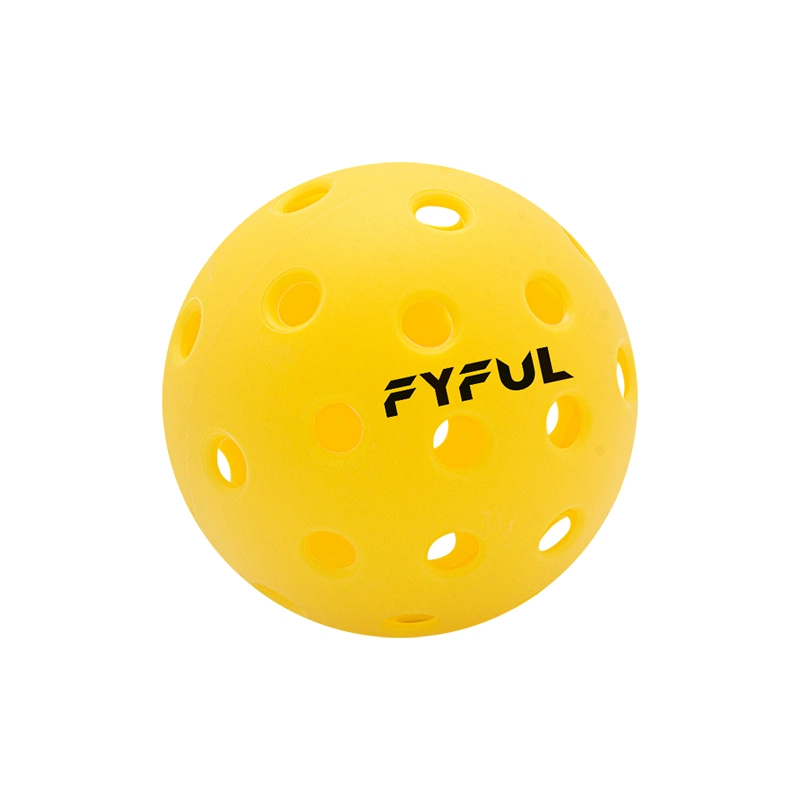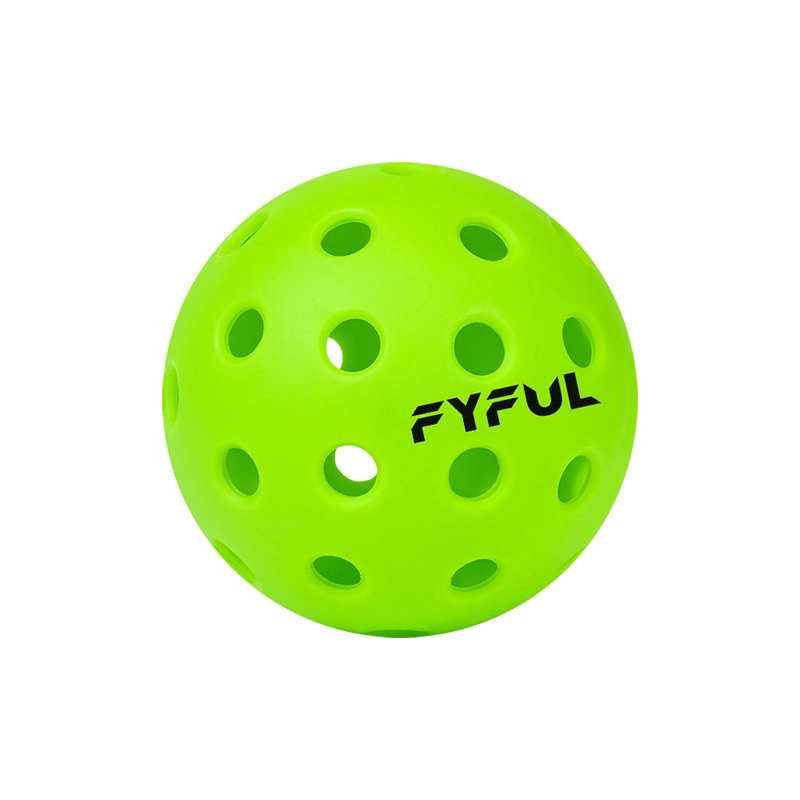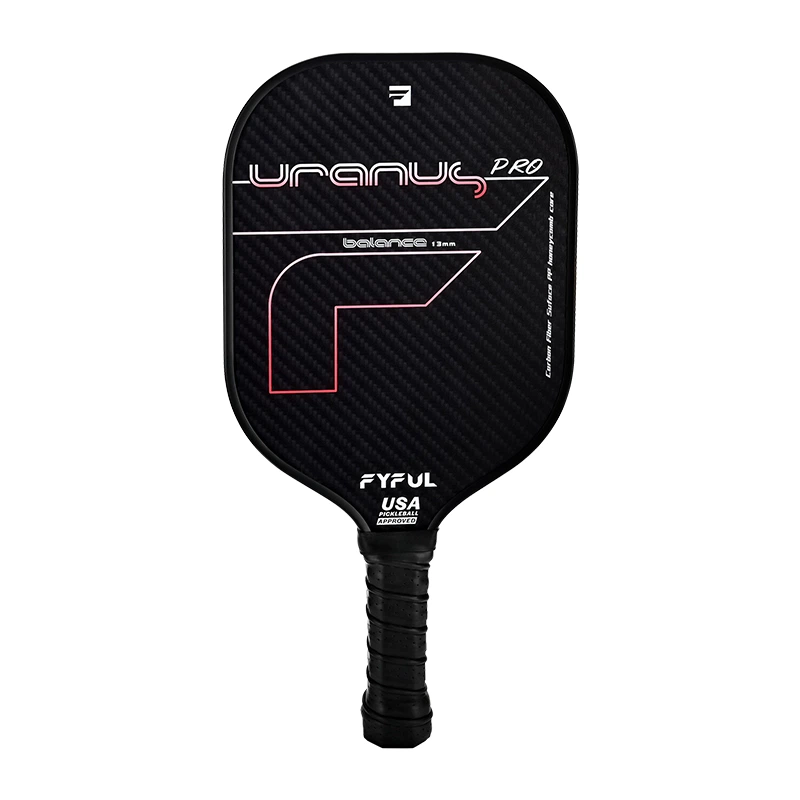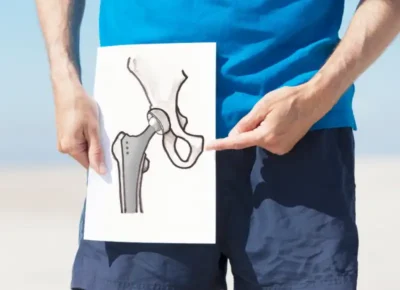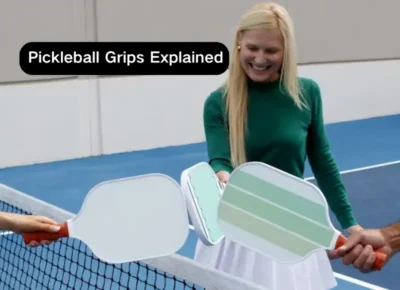Thermoformed Manufacturing
Advantages of Thermoformed Manufacturing:
Strong Bonding:
The application of heat ensures a strong bond between the layers of materials, enhancing the durability and longevity of the paddle, and offering reliable quality for players.
Consistency:
Thermoformed manufacturing results in paddles with consistent weight distribution and performance characteristics, providing players with reliable performance on the court.
Customization:
Manufacturers can incorporate various materials and design elements into the paddle while maintaining structural integrity, allowing for customization to meet the preferences of different players.
Disadvantages of Thermoformed Manufacturing:
Cost:
The equipment and energy required for thermoformed manufacturing can be expensive, leading to higher production costs compared to cold press methods.
Time-consuming:
The process of heating and pressing the paddles takes time, which can affect production efficiency and lead times.
Limited Flexibility:
Thermoformed manufacturing may limit the flexibility of design changes during the production process, making it less suitable for rapid prototyping or experimentation.
Cold Press Manufacturing
Advantages of Cold Press Manufacturing:
Cost-effective:
Cold press manufacturing requires less energy and equipment compared to thermoformed methods, resulting in lower production costs.
Quick Turnaround:
Since cold press manufacturing does not involve heating, the process is generally faster than thermoformed methods, allowing for quicker production turnaround times.
Flexibility:
Cold press manufacturing offers greater flexibility for design modifications and experimentation during the production process, making it suitable for prototyping and customization.
Disadvantages of Cold Press Manufacturing:
Weaker Bonding:
Without the application of heat, the bonding between the layers of materials may not be as strong as thermoformed manufacturing, potentially affecting the durability and performance of the paddle.
Inconsistent Results:
Cold press manufacturing may result in variations in weight distribution and performance characteristics among paddles, leading to inconsistency in player experience.
Limited Material Compatibility:
Certain materials may not bond effectively under cold press conditions, limiting the choice of materials for paddle construction.



